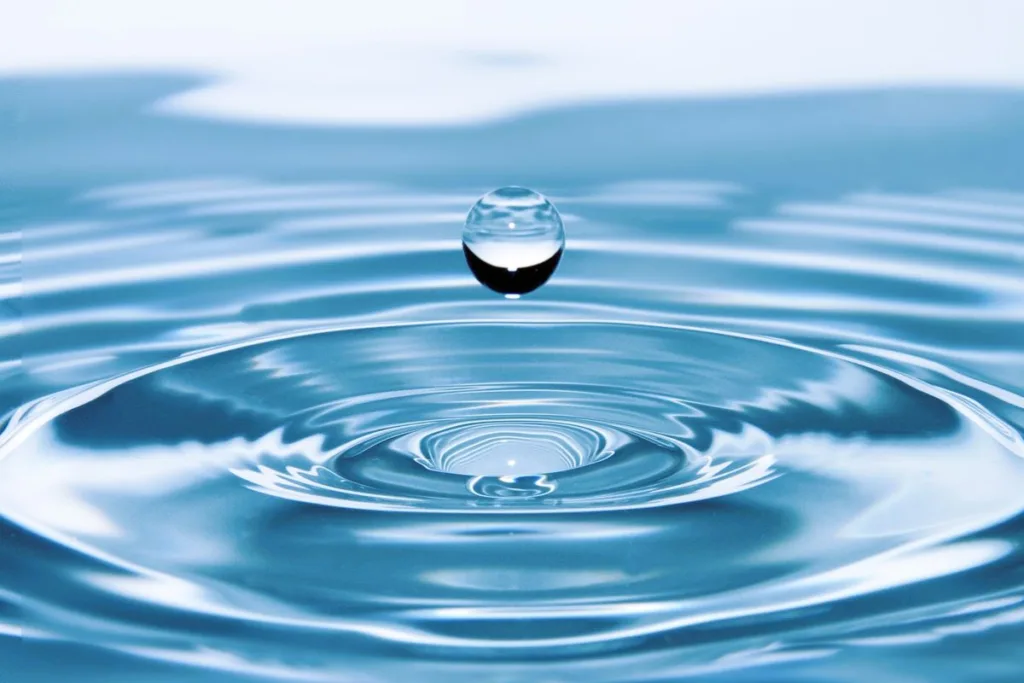Water being a State subject, the responsibility of formulation of action plan to save and conserve rainwater primarily lies with the State Governments. Central Government supplements the efforts of States through providing technical and financial assistance.
However, Ministry of Jal Shakti has been implementing “Jal Shakti Abhiyan: Catch the Rain” (JSA:CTR) -2023 campaign, the fourth in the series of JSAs, which was launched by President on 04.03.2023 in all districts (rural as well as urban areas) of the country for implementation during 04th March, 2023 to 30th November, 2023 with the theme “Source Sustainability for Drinking Water.”
One of the focused interventions of the campaign is water conservation and rainwater harvesting. The campaign offers a major opportunity in leveraging convergence and working towards a greater vision of water conservation.
Central Ground Water Board (CGWB) has prepared a Master Plan for Artificial Recharge to Groundwater– 2020 in consultation with States/UTs which is a macro level plan indicating various structures for the different terrain conditions of the country including estimated cost. The Master Plan has provisions for the construction of about 1.42 crore rain water harvesting and artificial recharge structures in the country to harness 185 Billion Cubic Metre (BCM) of monsoon rainfall.
Ministry of Housing & Urban Affairs has formulated guidelines for the guidance of the States for their adoption suiting to local conditions. Adequate focus has been given on requirement of rainwater harvesting and water conservation measures in Model Building Bye Laws (MBBL), 2016 and Urban and Regional Development Plan Formulation and Implementation (URDPFI) Guidelines, 2014.
National Mission for Clean Ganga (NMCG) under Department of Water Resources, River Development & Ganga Rejuvenation, Ministry of Jal Shakti, in partnership with Indo-European Water Partnership has developed a National Framework for the reuse of treated waste water. The framework is meant to develop suitable market and business models for reuse of treated waste water.
The framework identifies agriculture as a potential area where reuse of treated water can be explored. The framework envisages and promotes adoption of safer irrigation practices towards use of treated water by farmers in peri-urban and rural areas.
Central Pollution Control Board has formulated and implemented charters for major industrial sectors namely Pulp & Paper, Sugar, Distillery, Textile and Tannery located in Ganga main stem states for adoption of cleaner technology, upgradation of process technology and Effluent Treatment Plant (ETP) system resulting in reduction in specific fresh water consumption and waste water discharge through recycling and reuse of waste water in the process.
National Water Policy-2012 mandates recycle and reuse of water as general norm and advocates treatment to specified standards before reuse of waste water. It recommends properly planned tariff system to incentivize reuse of treated water in various sectors including industries and agriculture.
In Atal Mission for Rejuvenation and Urban Transformation (AMRUT 2.0), Ministry of Housing & Urban Affairs supports treated water recycling and reuse projects for the non-drinking water needs of industries & agricultural purposes.
Reuse of treated used water, tertiary treatment with end-to-end reuse plan (preferably in Public-Private Partnership mode), provision/augmentation and rehabilitation of sewerage systems with end-to-end treatment and reuse, identifying the bulk users of recycled used water and facilitating sale of used water to potential users etc. are admissible elements under AMRUT 2.0 water supply projects.

